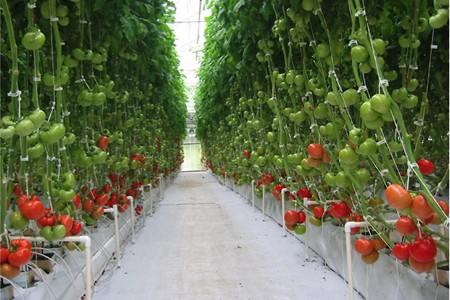
Supplying Essex County’s greenhouse growers with water more efficiently and reliably is the aim of a new water monitoring and modelling pilot project being led by civil and environmental engineering professor Rupp Carriveau and his collaborator, mechanical engineering professor David Ting.
The Essex Region Smart Water project is a collaborative initiative of Union Water Supply System—Essex County’s largest water supplier; engineering consultants Crozier Baird; and BDK Engineering.
The Essex County region has the highest concentration of greenhouses in North America and those greenhouses draw approximately three-quarters of the county’s water supply, Dr. Carriveau says: “It’s about understanding consumption better so you can more effectively manage water and that will lead to reduced energy, reduced cost, improve availability and reliability.”
He helped design a smart meter that will be installed in multiple greenhouses in Essex County. The meters will measure real-time usage by the second, an advantage over the previous system, which gauged water demands by monthly billing.
“This more detailed measurement will help predict demand more accurately, and that means more precise supply,” says Carriveau.
In addition to plotting straight usage, he and Ting will monitor such external demand driving factors as sunshine, temperature, wind, and growing stage of the produce, which can affect water needs on a daily, hourly or even minute-by-minute basis.
“We are building a prognostic model based on historical trends and real-time data,” says Carriveau. “This will allow utility providers to predict water usage based on the time of year and the weather forecast.”
He says that an ability to forecast demand will assist the utilities that supply greenhouse growers in strategically planning how they will most efficiently supply that demand.
Along with understanding external factors, the data will also be sorted by size of the operation, the type of crop grown and water source used—for example, some growers supplement their municipal water supply with well water or captured rainwater. Understanding these patterns of water use is important, whether the user is a large pepper growing operation or a mid-sized cucumber producer.
“This is what smart water conveys. It is far more than just water conservation, it is energy conservancy, operational efficiency and accountability,” he says. “To our knowledge, there is no one collecting this type of data. We are establishing a real-time remote sensory network that could drive the future model of operation for water distribution utilities and provide a clearer picture of how commercial greenhouses use water.”
